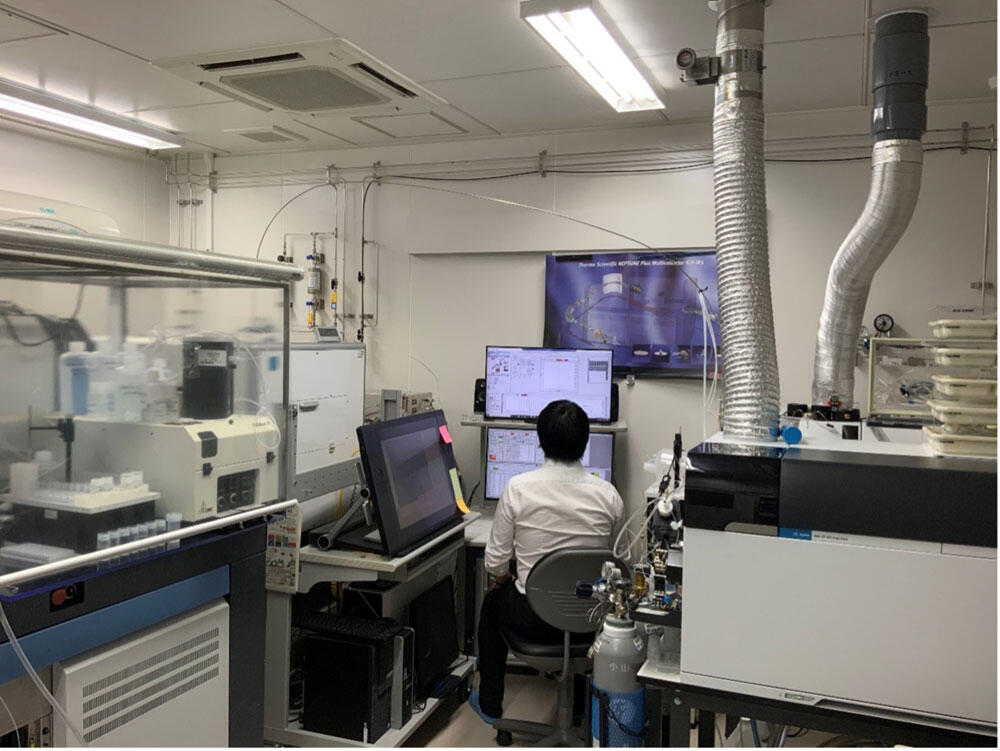Analysis of Critical Metal Ores
-Quickly, Accurately-
Last Updated: April 13, 2021
Identification and analysis of ores
There are several processes to concentrate useful minerals in ores: crushing of raw ore, selective separation of minerals abundant in useful elements and their recovery. Therefore, it is essential to know which minerals contain useful elements and how much amount of the elements they do. Evaluation of mineral liberation characteristics, which shows how easily the purpose mineral can be separated from crushed ores, is also important. The Geological Survey of Japan (GSJ) not only introduces the state-of-the-art technology and equipment for rapid analysis of ore forming minerals but also make continuous efforts to improve them.
For example, a mineral liberation analyzer (MLA), an apparatus that automatically measures the shape of particles and identifies them based on their electron microscope images and fluorescence X-ray spectra, can evaluate the liberation characteristics of more than one hundred thousand particles in one night.
Elemental analysis for the development of unutilized resources
As the grade of ores excavated from metallic mines has generally been decreasing these days, the development of mineral resources which had not been mined due to poor quality has been expected. It requires better recovery of valuable elements and more efficient elimination of harmful elements, but such valuable elements are relatively low-concentrated and unevaluated by MLA. In such cases, LA-ICPMS is an effective tool. It can determine the chemical concentration and isotopic ratios in small areas with diameters of less than a few tens of microns. This method is used to detect very small amounts of a wide range of elements, from lithium to uranium, with a sensitivity of less than 1 ppm (0.0001%).
The GSJ promotes resource exploration and assessment activities around the world, making the best use of the latest technologies and equipment and continuously improving them.
Analysis by laser ablation-inductively coupled plasma-mass spectrometry (LA-ICP-MS)


